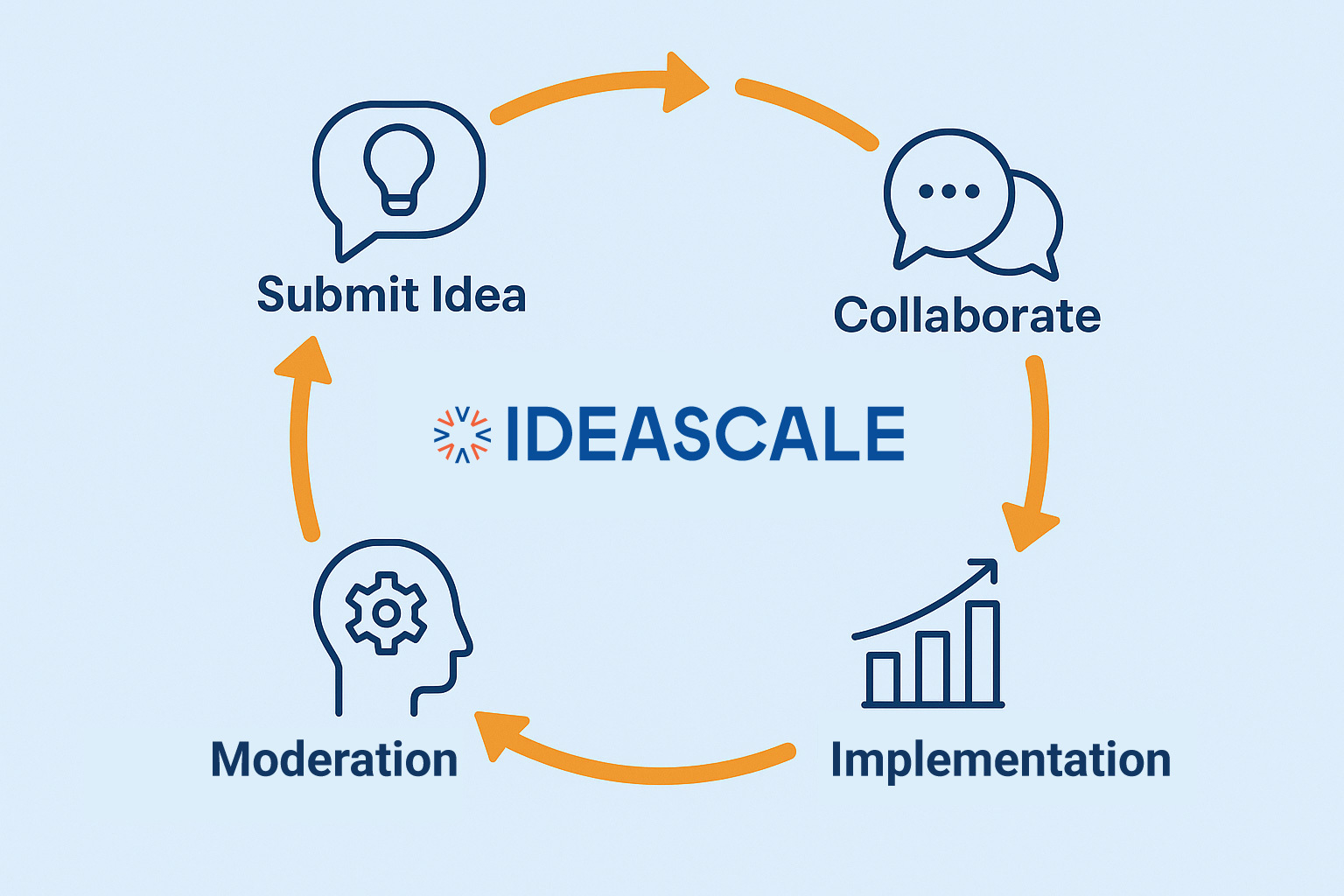Innovation is universally regarded as positive, but in a business context, “good” usually has to be backed up by hard data. Unsurprisingly, companies committed to innovation want to be able to measure its impact, but many companies are unsure how to do that. Different organizations will ultimately choose different metrics, but businesses that get the most from measuring innovation impact are the ones that choose innovation metrics that are aligned with their organizational goals.
Therefore, it’s essential that companies that are intent on measuring innovation impact understand which needles they want to move and why. Commonly used metrics for innovation tend to coalesce around innovation “inputs,” innovation “outputs,” and business impact.
“Input” Metrics
For an informative overview of input and output metrics, you can download our Innovation Metrics infographic. Input metrics have to do with participation in innovation initiatives. For example, how many ideas were generated during an innovation campaign? What percentage of the workforce participated by contributing ideas or voting on them? How many ideas were selected for further review? How many employees have been trained on innovation?
Input metrics are critical for knowing whether or not people are taking innovation seriously. After all, if nobody is participating in innovation campaigns, how can innovation gain real traction?
“Output” Metrics
Output metrics have to do with what comes from your innovation initiatives. Maybe people are contributing lots of ideas, but if none of them is actually carried through to implementation, what’s the point? Output metrics include things like how much money and time is saved because of innovations. Some companies measure their Net Promoter Score before and after an innovation campaign. Others measure employee retention before and after innovation initiatives. Measuring the number of ideas that are implemented is perhaps the most important output metric.
Business Impact Metrics
Executive leadership wants to know whether innovation projects affect the bottom line, and there are many ways to determine that. For example, measuring market share and profit margins before and after implementing a product or process innovation can be informative. Another simple metric is to multiply hours saved due to an innovation by the average hourly wage to arrive at a dollar value.
You can measure revenue generated by new products that result from innovation. Erik Roth and Guttorm Aase of McKinsey & Company suggest two simple business impact metrics:
- The ratio of R&D spending to new product sales
- The ratio of gross margins to new product sales
Being able to provide numbers that indicate the true business impact of innovation can really make the case to top company leaders.
Here is a summary table of commonly used innovation metrics.
| Input Metrics | Output Metrics | Business Impact Metrics |
|
|
|
It’s one thing to “feel like” your company is more innovative, but quite another to put numbers to those feelings. Innovation management software is the best way to ensure not only success in innovation campaigns but also to capture the statistics that show what you’re doing right.
Most Recent Posts
Explore the latest innovation insights and trends with our recent blog posts.













